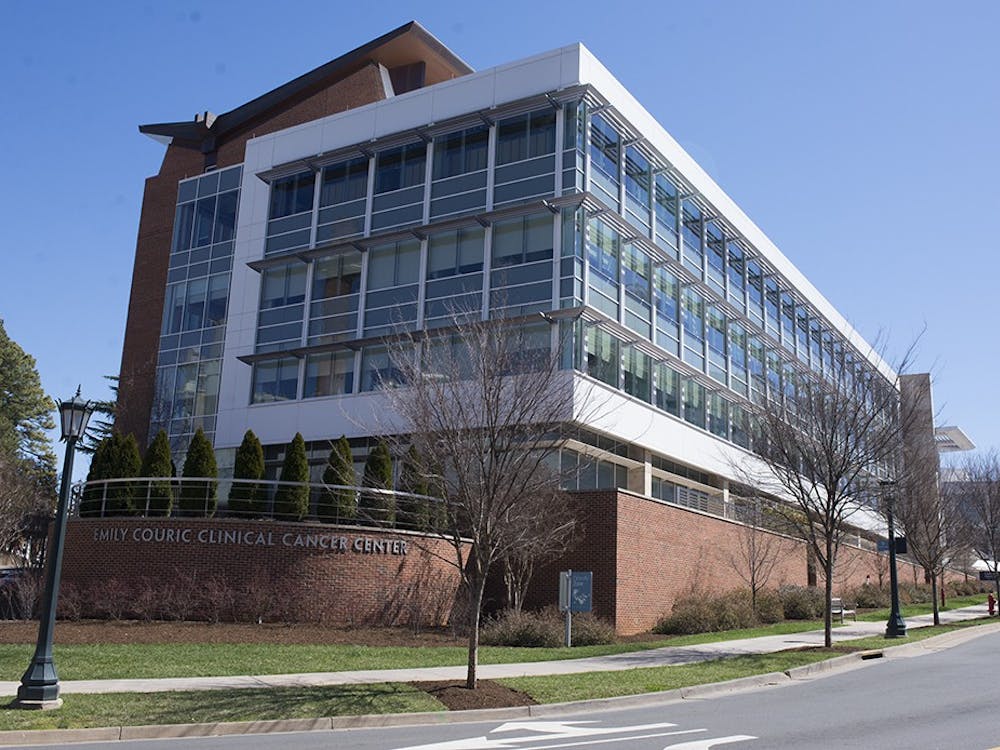In Cavendish, Vt., a 25-year-old railway worker's left frontal lobe was severed by a 43-inch-long cylindrical tamping iron, propelled by a railway construction explosion.
He was able to recover physiologically from the injury but still suffered vast personality changes and a complete loss of social inhibition.
His name? Phineas Gage. And although his story took place in 1848, his case illustrates a classic example of how a brain injury can have unexpected, critical long-term effects.
Nevertheless, healthcare providers today treat a traumatic brain injury as a single event with only one possible outcome: permanent brain damage. But this attitude neglects possible secondaryeffects, and as a result, the issue has recently received greater attention. In the book, "Confronting Traumatic Brain Injury," for example, William Winslade noted that a patient with a brain injury's "need for chronic care poses haunting challenges to our society."






